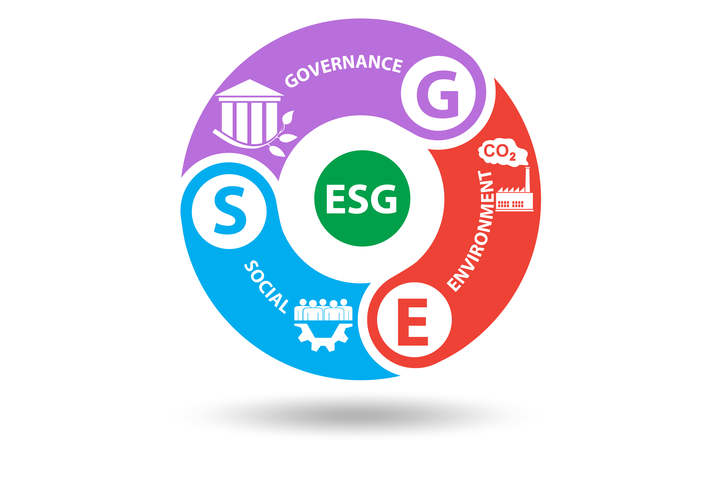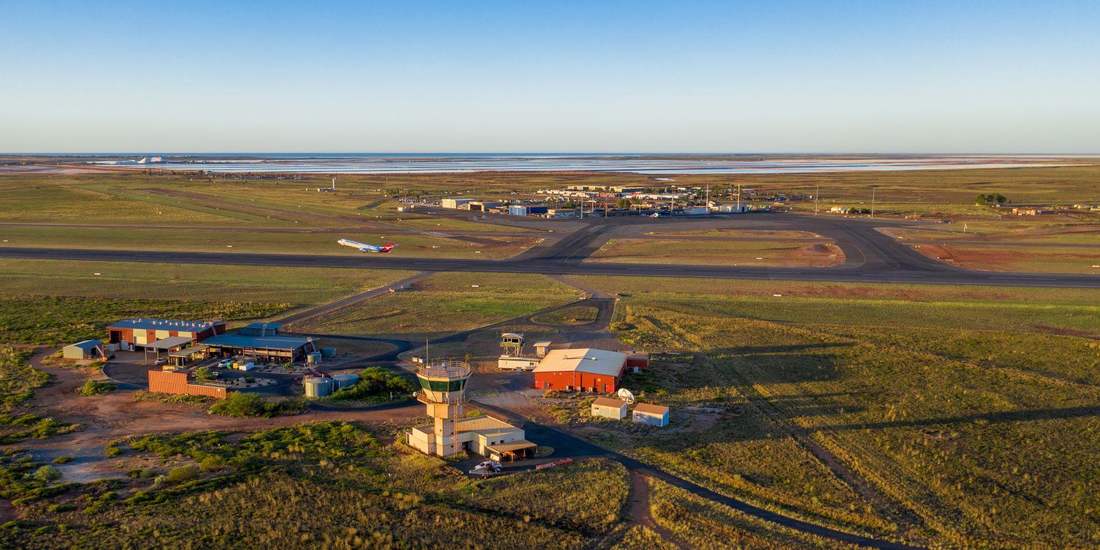Sustainability
PHIA’s ESG journey began in 2016 with purchase of the 50-year lease on the airport from the local government authority – Town of Port Hedland. In the past seven years the airport has developed their Environmental and Sustainability policies to reflect the actions of operations and running of the airport. The newly completed Environmental Management Plan outlines the management actions to implement a framework to manage environmental impacts, considerations and values for airport operations and further airport projects.
We're committed to achieving our Scope 1 & 2 GHG net zero carbon emissions target by 2030.
Our PHIA Environmental Policy outlines the airport's scope, purpose commitment and actions in reducing our carbon footprint.
Find out more information here in our PHIA Environmental Policy and our PHIA ESG Policy.

How are we achieving our ESG and Carbon Emissions Targets?
- Reducing the consumption of natural resources and the generation of waste
- Completion of the airport 1.22 megawatt solar farm, reducing our purchased energy use by 90%.
- Reduced single use plastic in our operations facility, moved to reusable water bottles and coffee cups to operations team
- Keep vehicles maintained, changing air filters regularly and tyre pressures to gain fuel efficiency
- Air and road travel is reduced and teams utilising online conferencing
- Using carbon neutral certified paper
- Sponsorship opportunities to support our local grassroots sponsorship program
Energy and CO2
- Terminal, operations and heliport buildings has been upgraded to energy efficient LED lighting
- Light poles at the airport’s entry are solar powered
- Air dryers in our bathrooms reduce energy, paper towel and landfill use
- Improve airfield efficiency - a significant energy use improvement has been the future benefit of the airport’s installation of Medium Intensity Runway Lighting and LED lights along both taxiways.
- Turn off lights around our site to reduce power usage
- Recycled water systems at staff accommodation
- A state of the art condensate system that reuses the condensate from the energy efficient air-conditioning system on the terminal for landscaping irrigation
Biodiversity
- We support the Pilbara’s unique biodiversity engaging expertise for employee training, reporting and managing the risk of wildlife encounters on the Aerodrome.
- The Airport operates on 817ha a habitat for many species of wildlife, from snakes, lizards and birds to kangaroos. As part of our Wildlife Hazard Management Plan we conduct daily inspections mitigate the risk of wildlife strikes to aircraft and maintain a zero-harm approach to relocating and decreasing risks to wildlife
- We support weed and pest control programs on our site
- We follow a vegetation planting guideline including native drought-resistant plants. Native drought-resistant plants for new planting

The future
- Renewable energy options, solar
- Recycling options for our locality
- A terminal redevelopment design that responds to the local climatic conditions while minimising impact on the environment and incorporating sustainability initiatives
- Sustainable redevelopment benefits across the site in the areas of water conservation, reuse and air conditioning systems
GRESB Reporting
Port Hedland International Airport has participated GRESB Assessment since 2016. It applies sector-based materiality weightings to tailor the assessment to different infrastructure sectors, including Transport sector.
The GRESB Infrastructure Asset Assessment provides the basis for systematic reporting, objective scoring and peer benchmarking of environmental, social and governance (ESG) management and performance of infrastructure assets and monitors progress towards global sustainability goals.
Management components
- Leadership
- Policies
- Reporting
- Risk Management
- Stakeholder Engagement
Performance components
- Implementation
- Output & Impact
- Health & Safety
- Energy
- Greenhouse Gas Emissions
- Air Pollution
- Water
- Waste
- Biodiversity & Habitat
- Employees
- Customers
- Certifications & Awards
More about GRESB at gresb.com or click here
Sustainable development
PHIA is one of the Pilbara's most important pieces of infrastructure and a vital transport hub connecting Port Hedland to regional, national and international destinations.
PHIA is subject to a planning framework in the Airports Act 1996. Under this planning framework, airports prepare a Master Plan - a 20-year strategic vision for the airport site. This Master Plan is renewed every five years. Master plans include future land uses, noise and environmental impacts.

